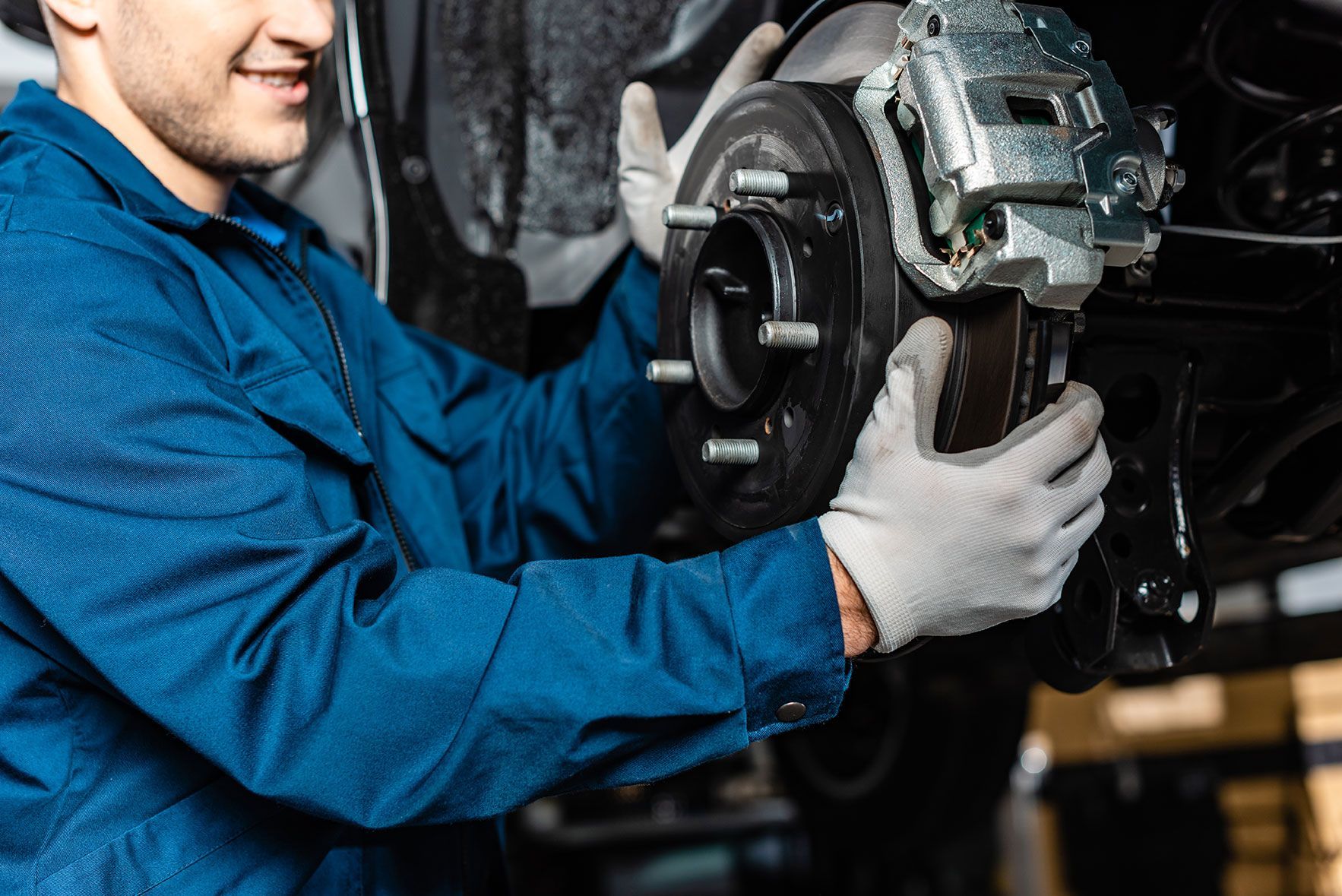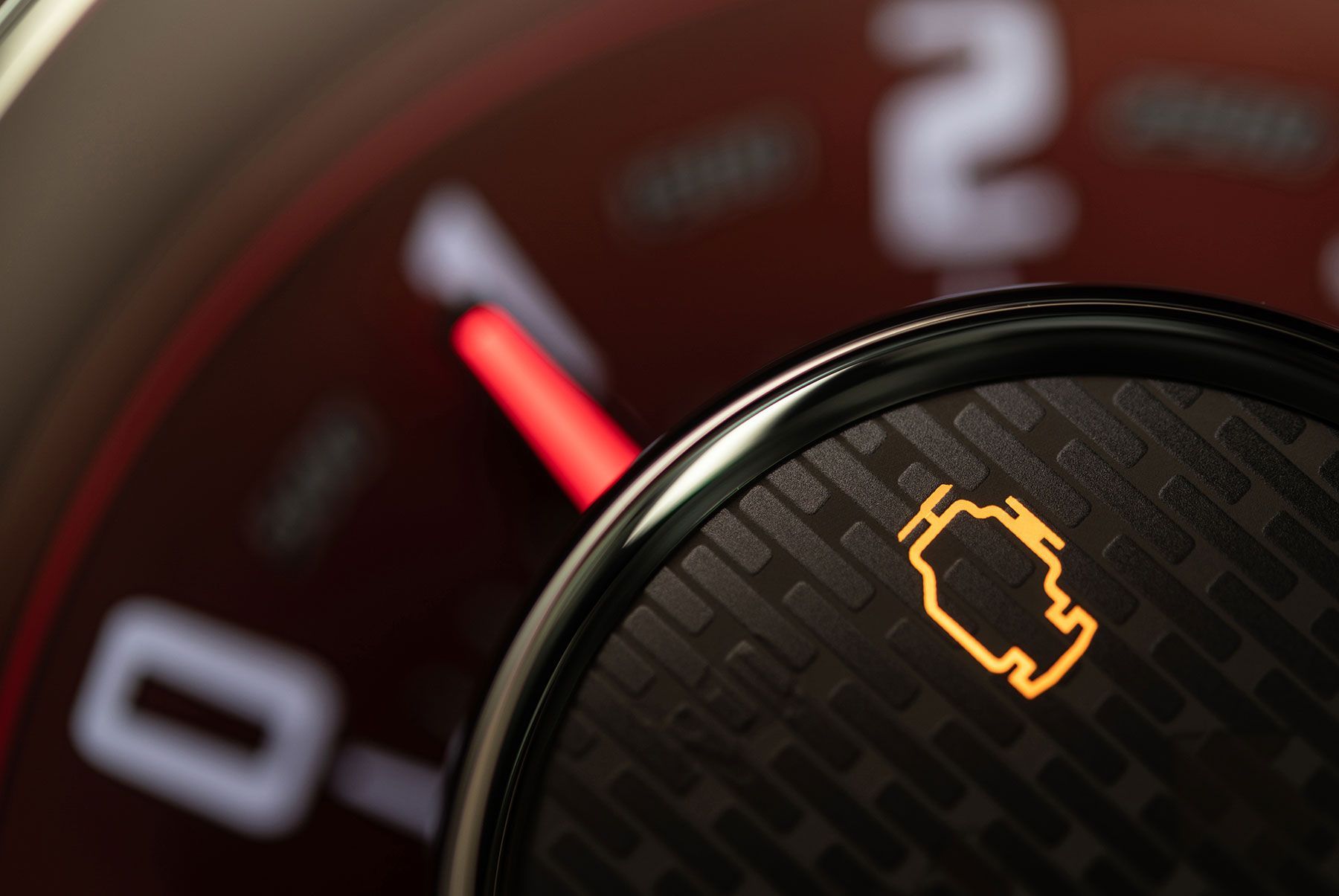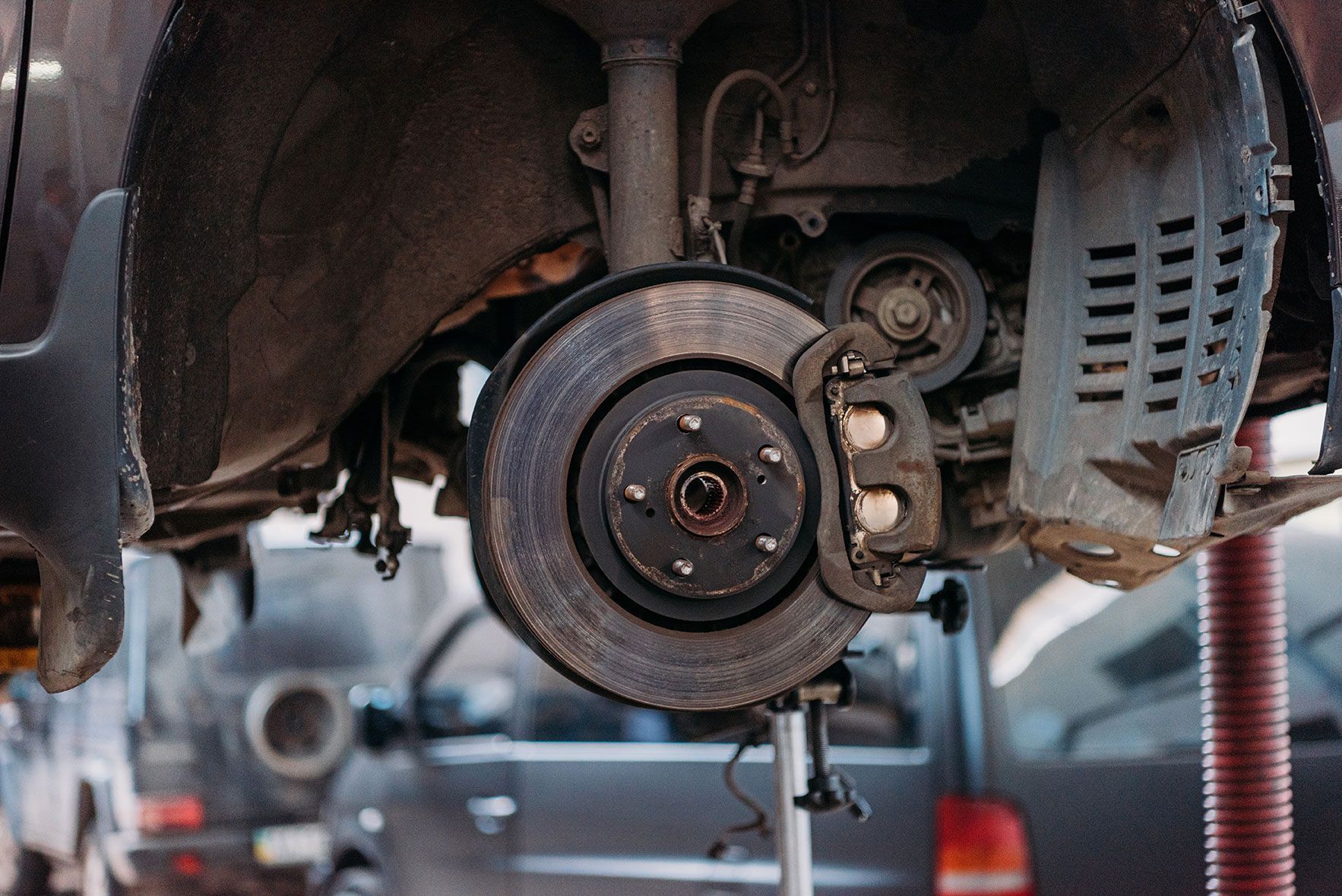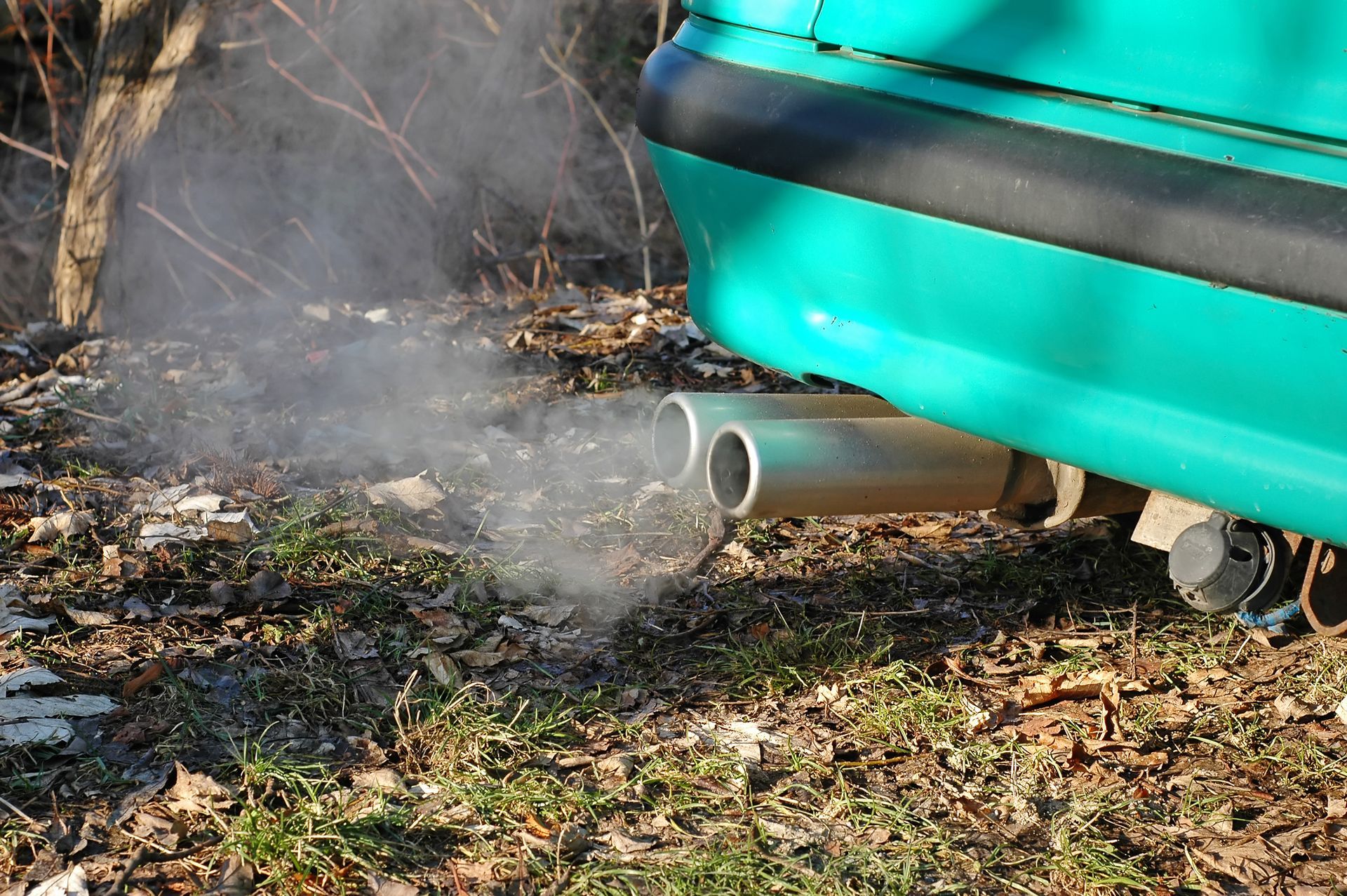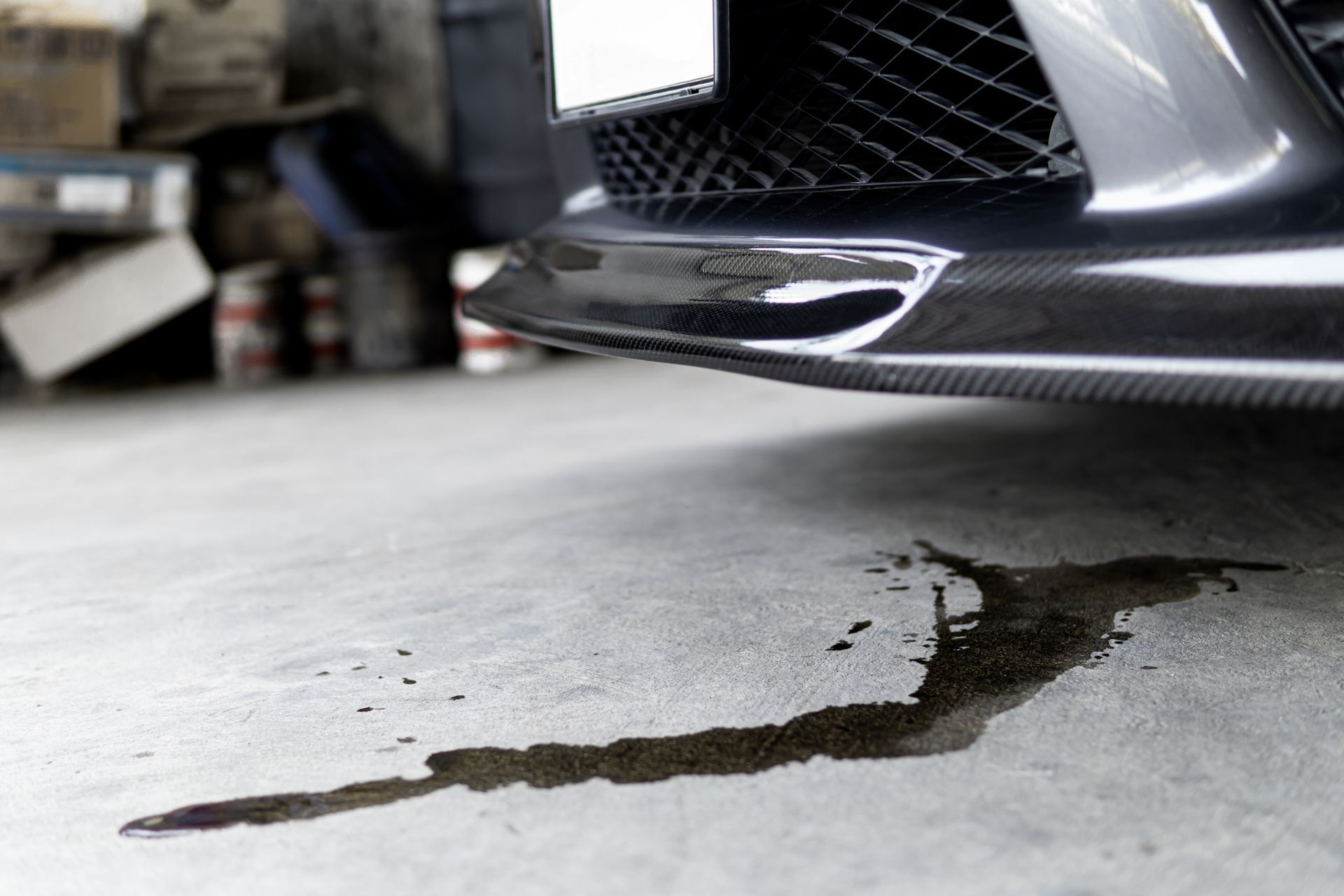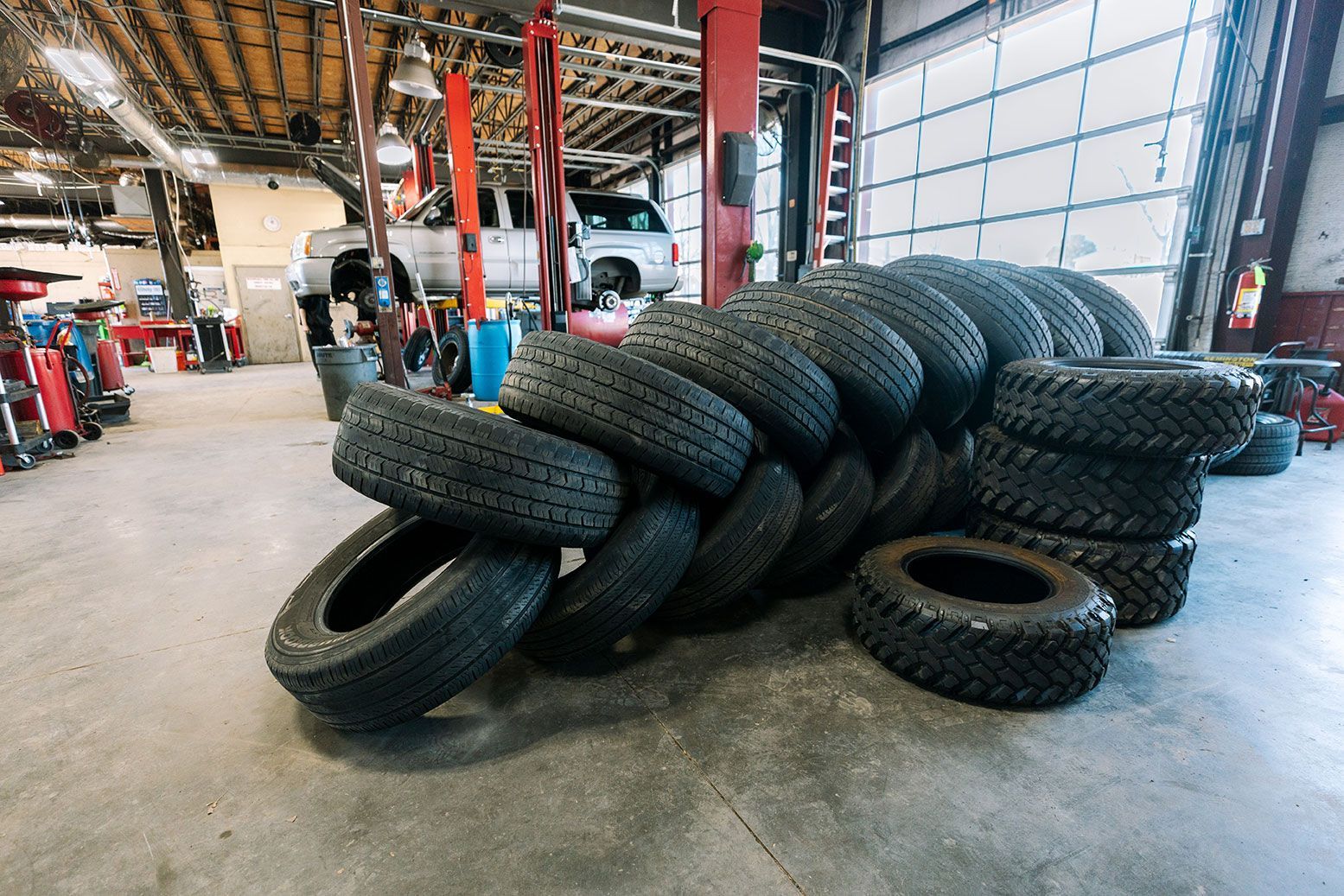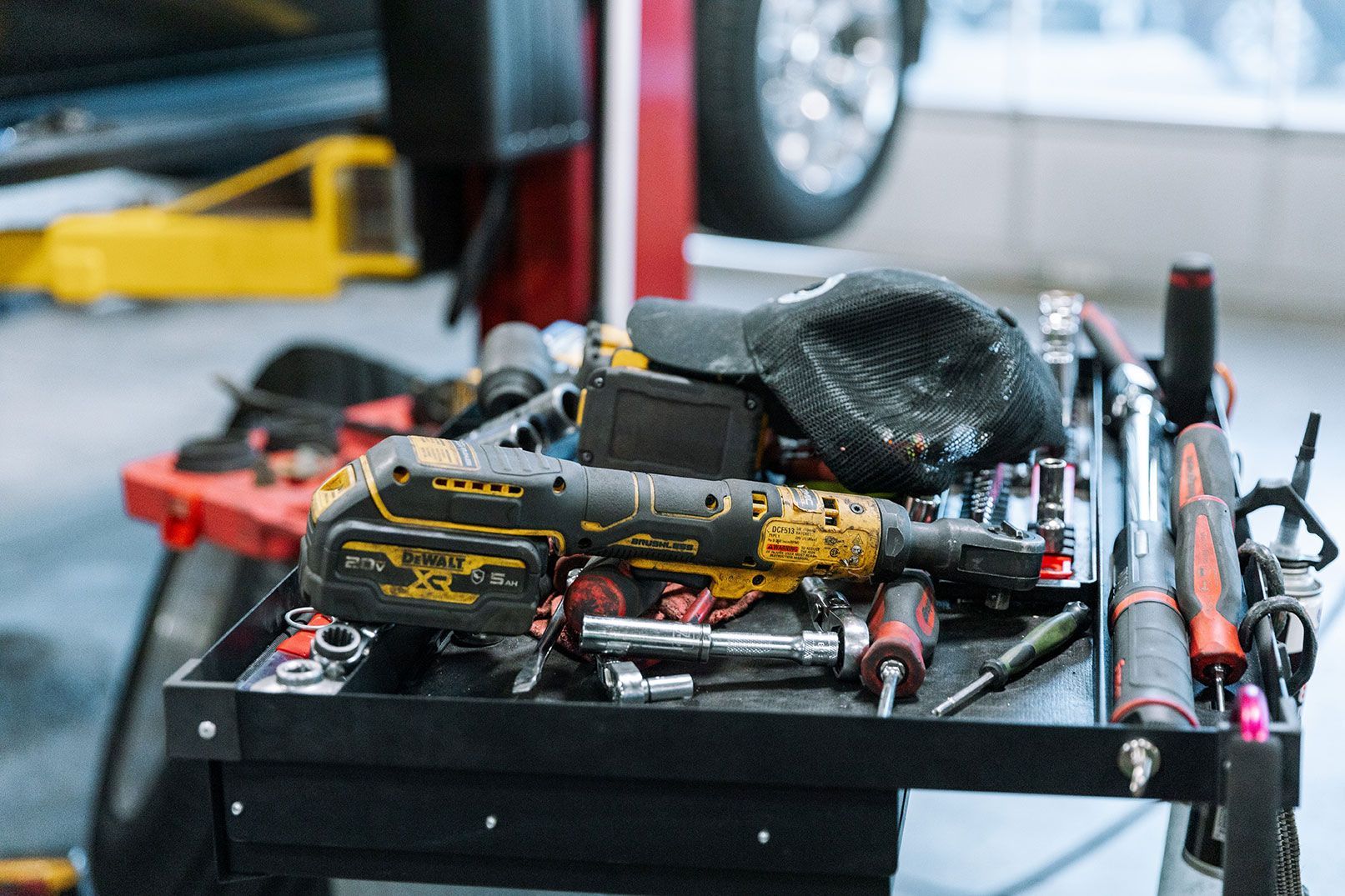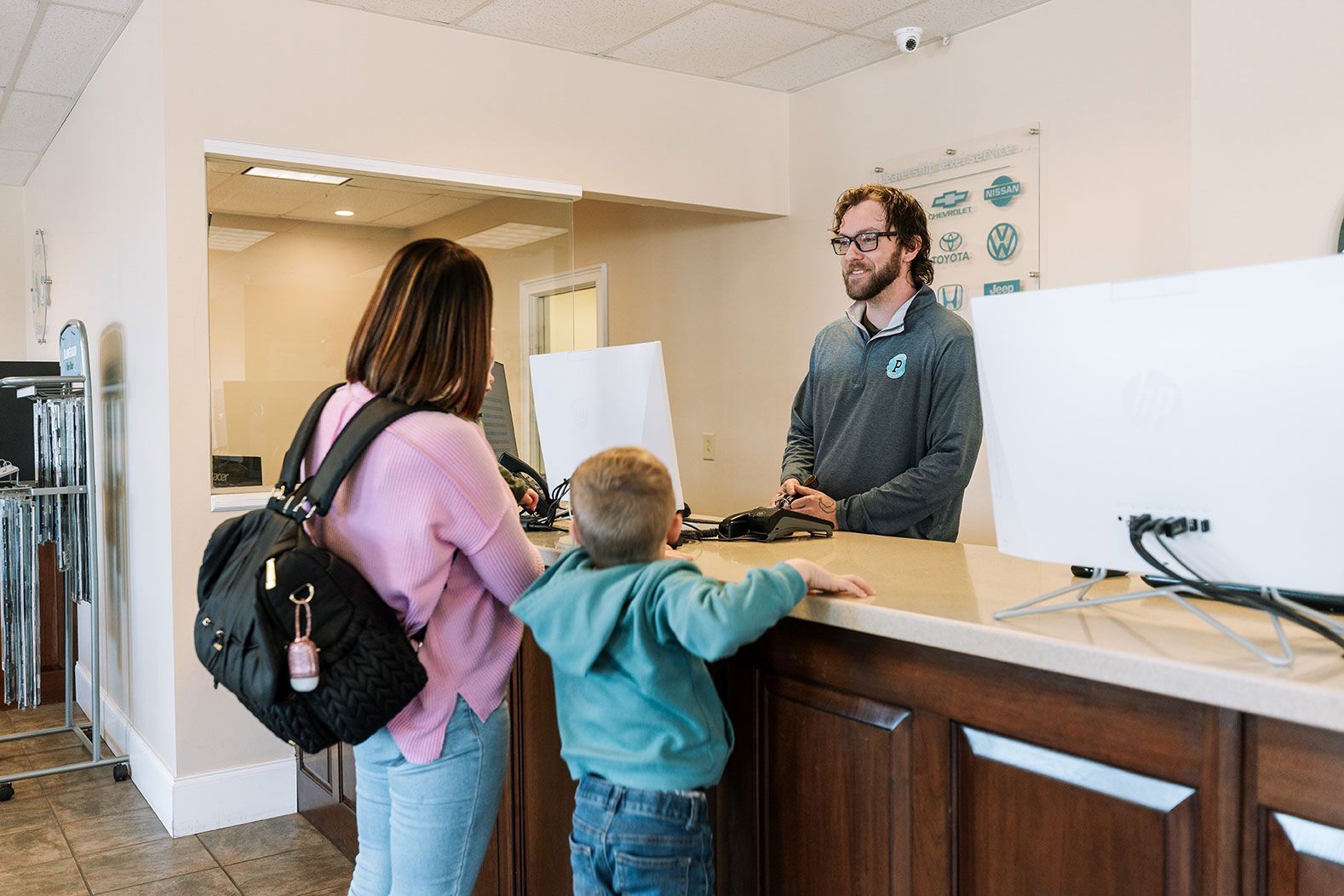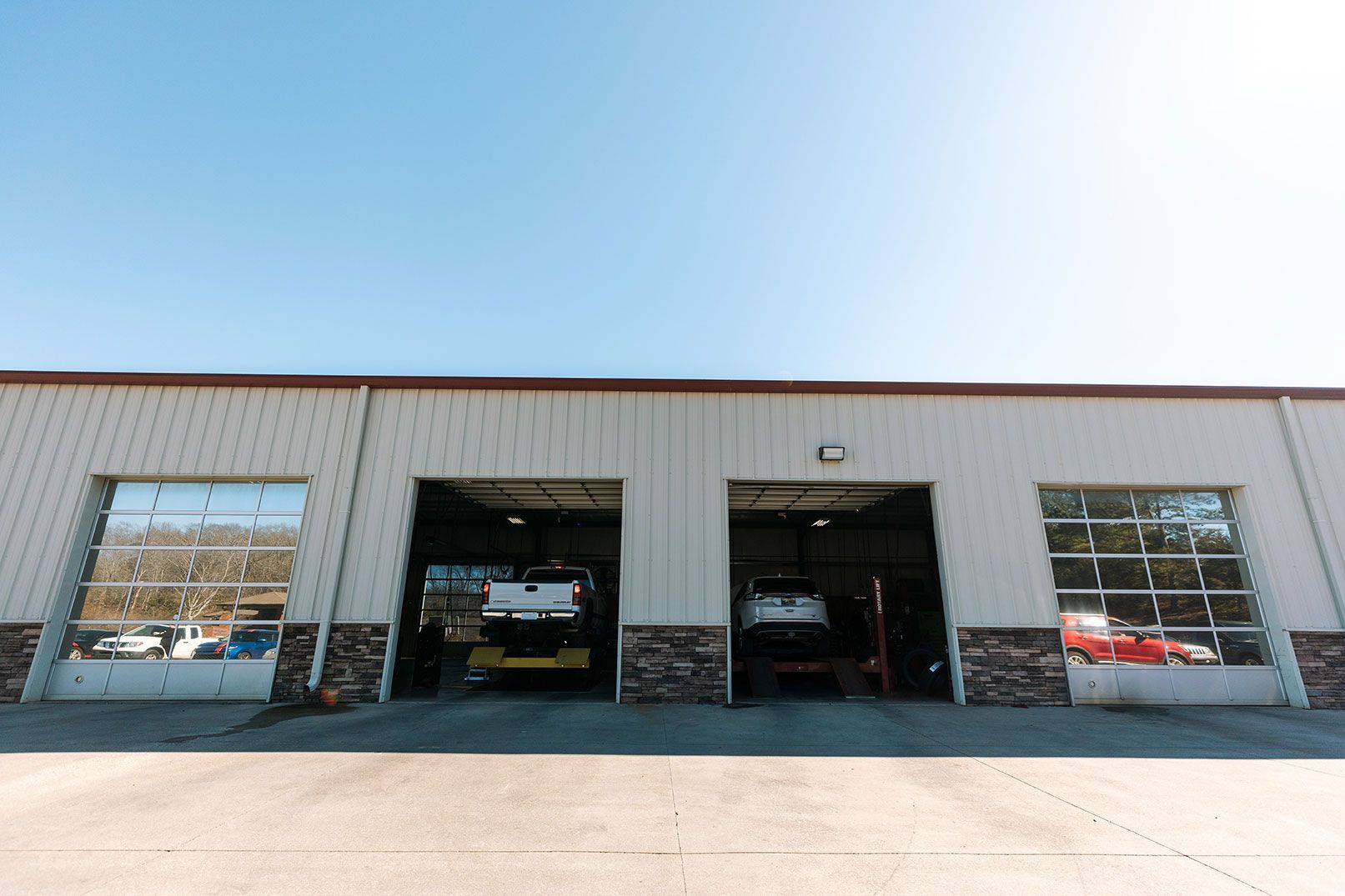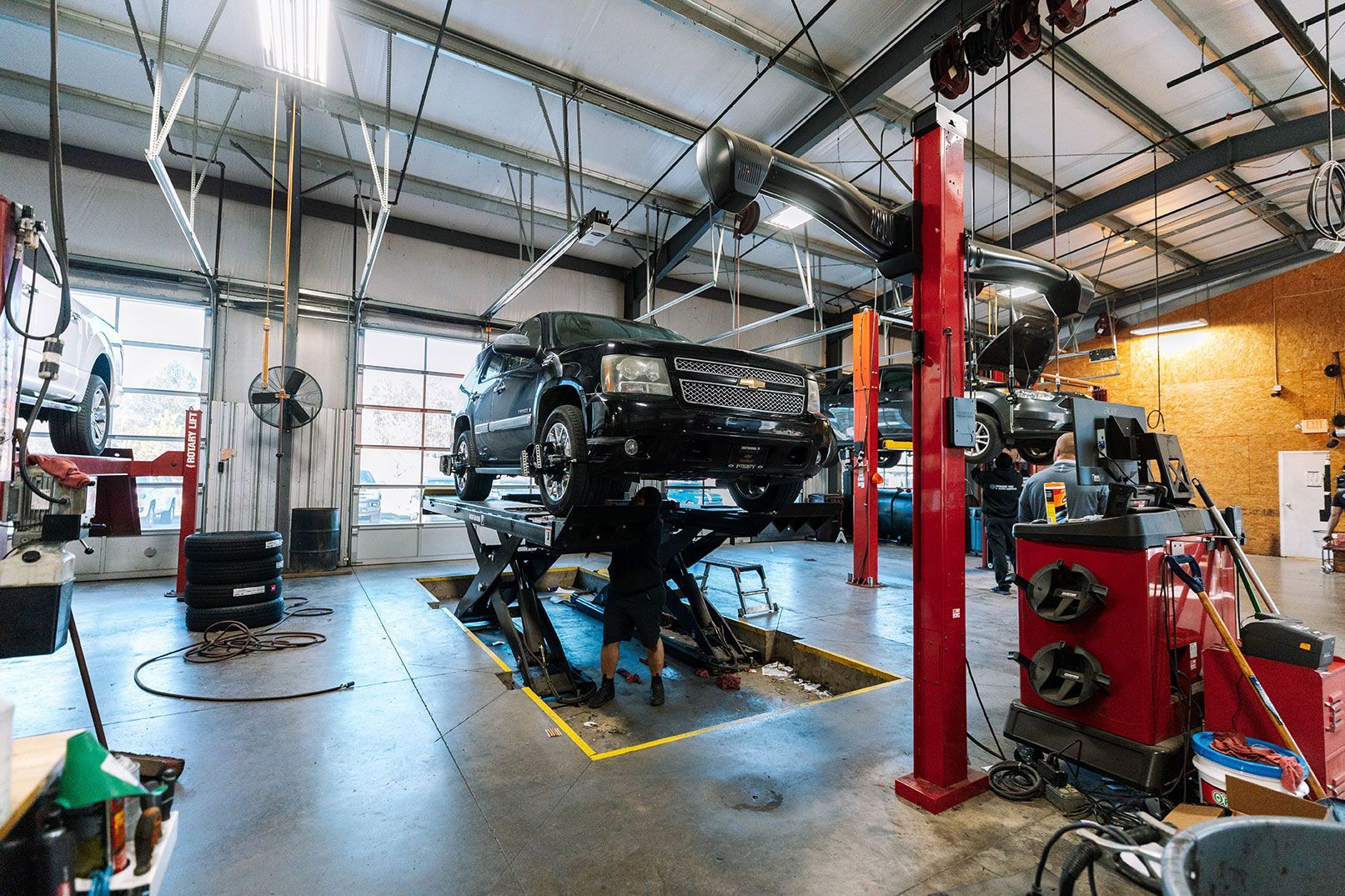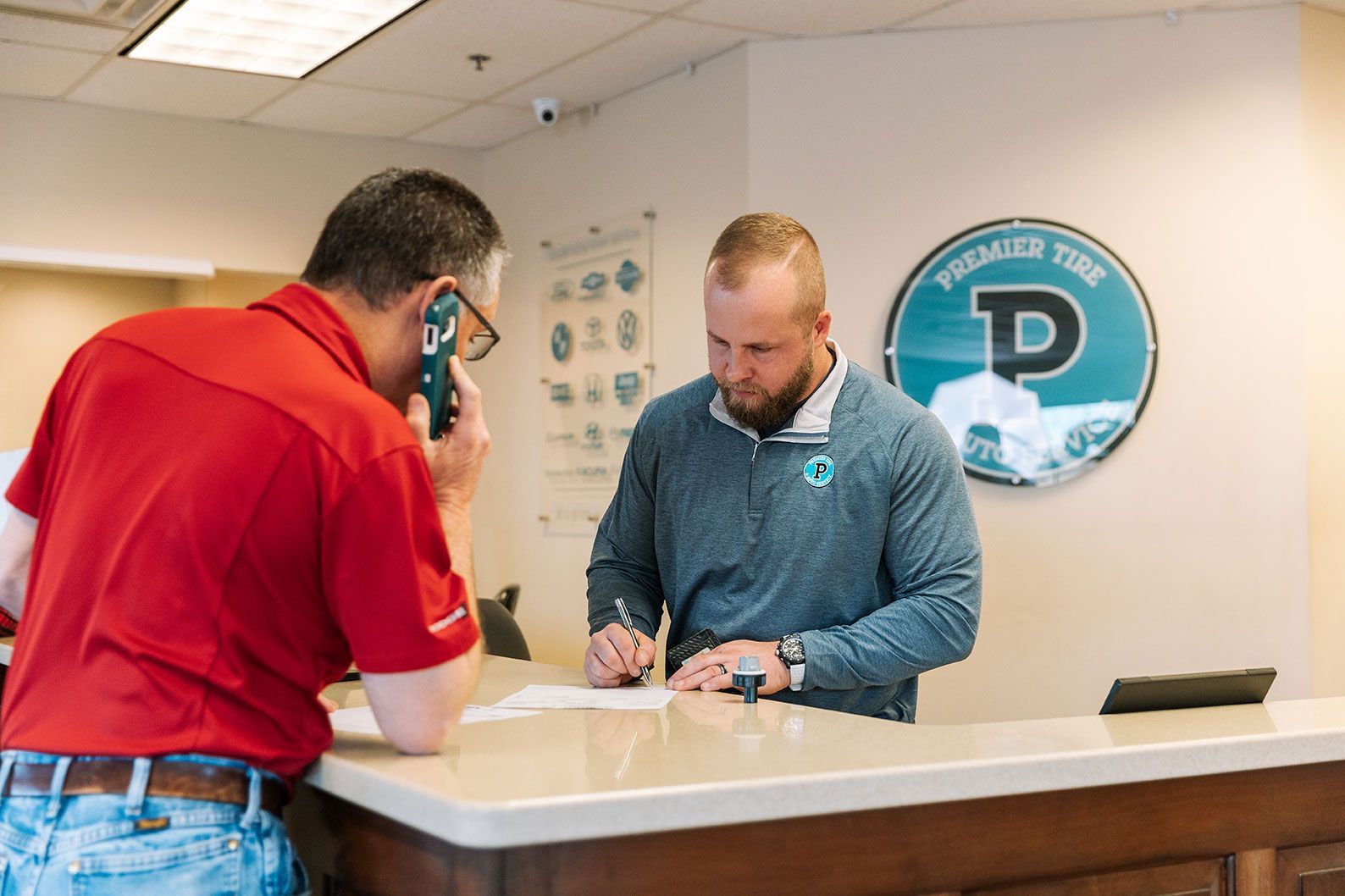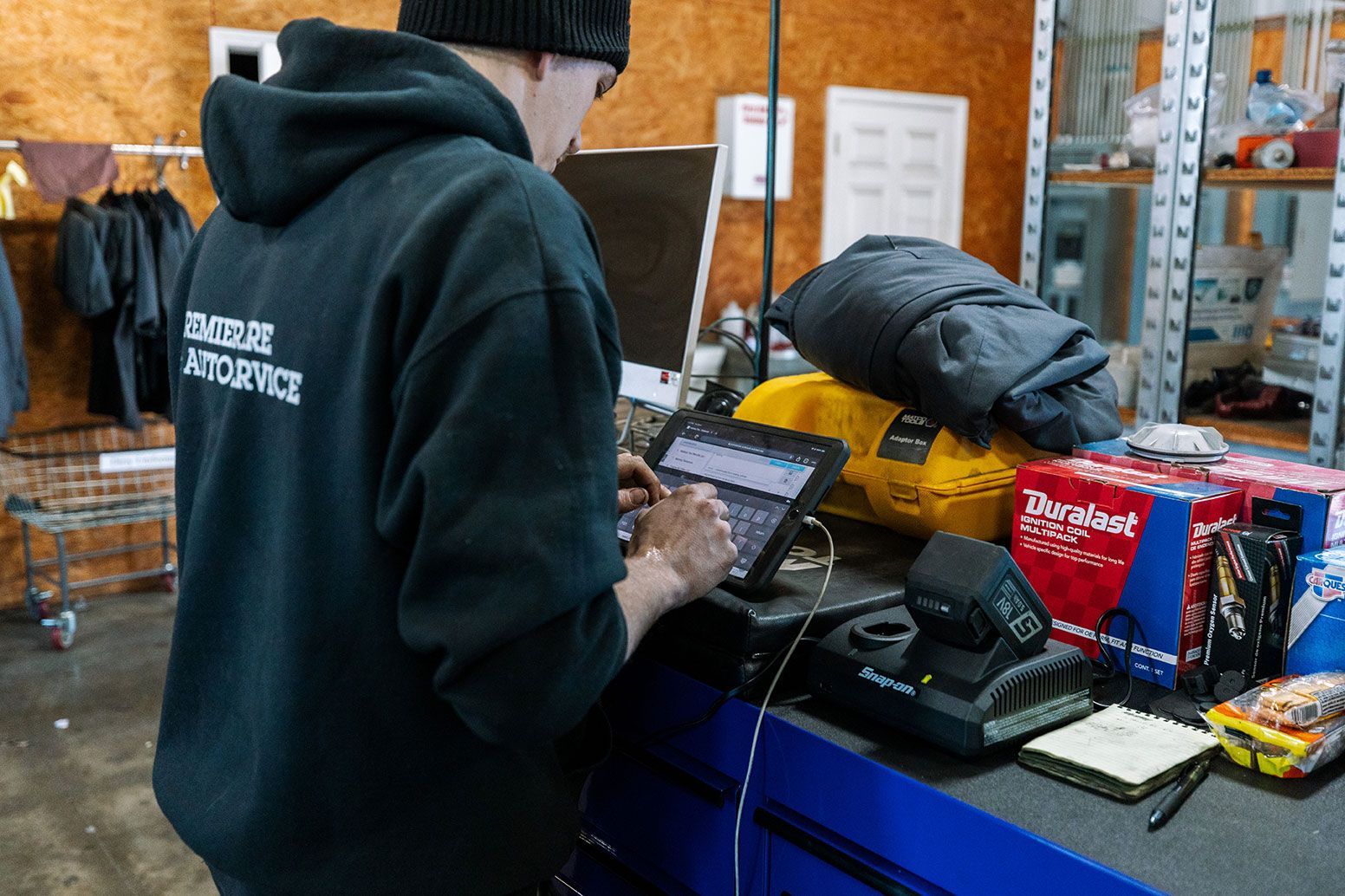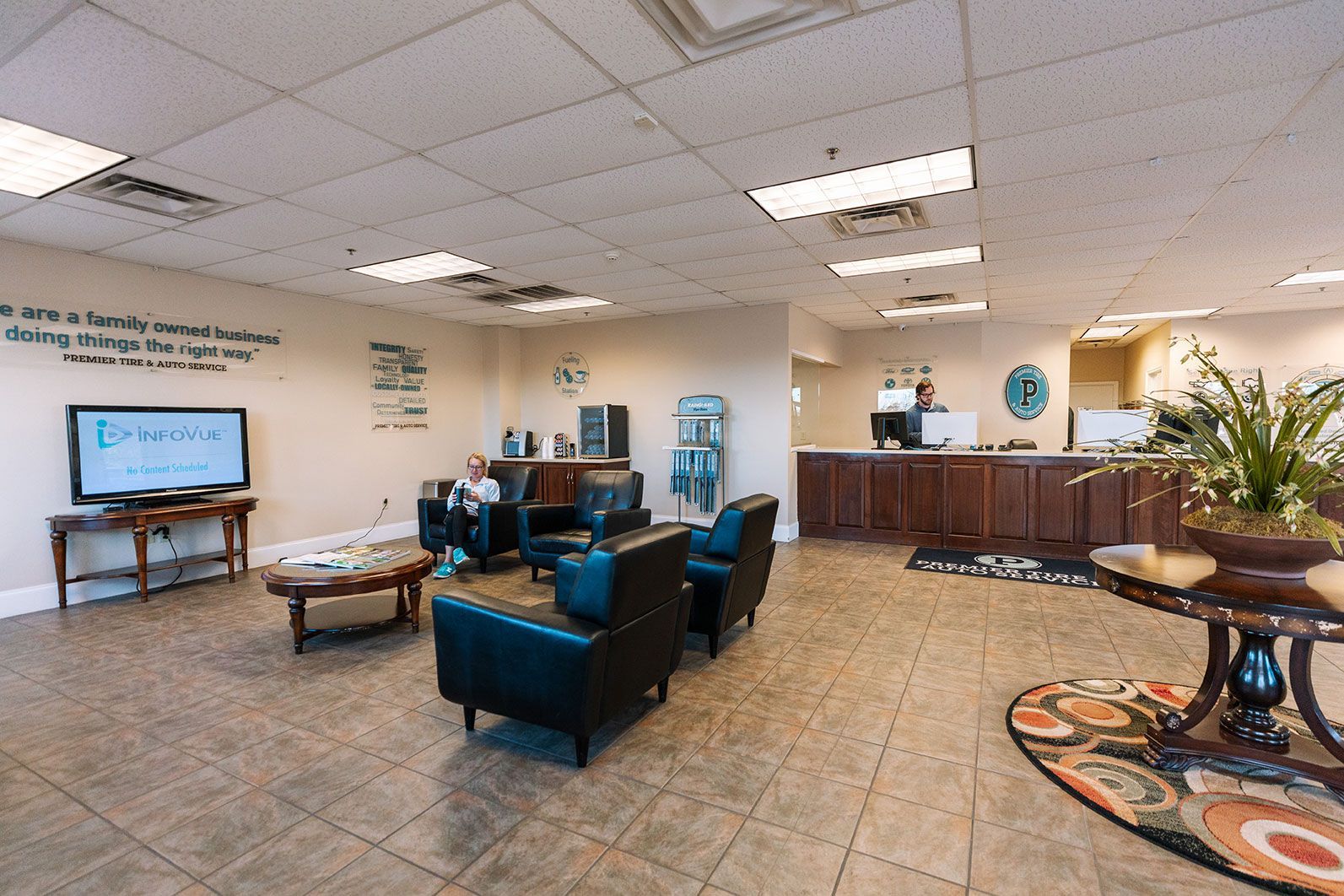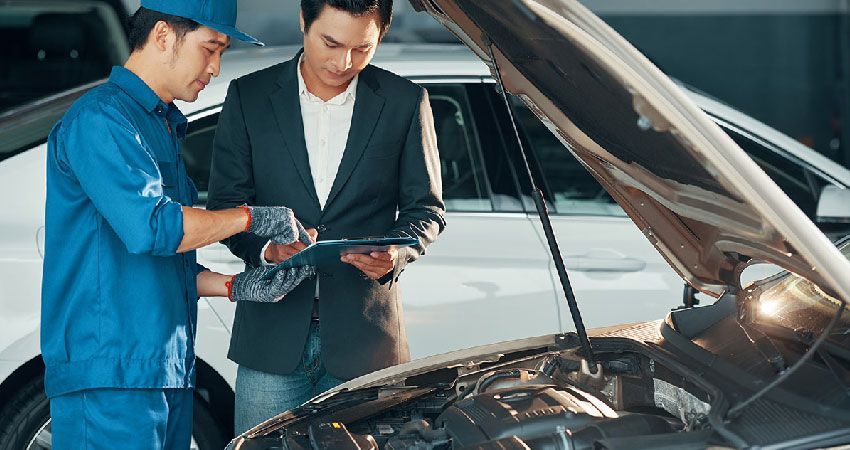
Buying a used car can be a great experience or a complete nightmare, depending on what you know when you sign on the bottom line or hand over your hard-earned cash to the seller. While most used car establishments are reputable, there are still some that will be happy to sell you a little less car than you bargain for. As a matter of fact, some dealers and individual sellers simply don't know the history or the problems with a car when they offer it to you.
Check these ten important things before you agree to buy a used car.
Tips for buying a used car
1. The Oil Dipstick - You can tell a lot about an engine and a car owner from the dipstick. Pull it out, wipe it off and put it back, then carefully pull it again. Note the oil level. If it is overfull there may be gas in the oil which is a bad sign. Low, but not below the bottom line on the stick is actually OK. Lower than that is a problem. White foam on the dipstick is a sign of water or coolant in the oil. Run away. Now here is the tricky one. If the oil is pure, clear amber then it has just been changed. If that is the dealer policy on every car then you're ok. If your car is the only one on the lot with crystal clean oil then something was wrong when it arrived and they had to freshen the oil. If, on the other hand, the oil smells nasty and burnt, it has probably been in there way too long. You want to see a good level, oil that is used but not burned up and does not have white or brownish foam in it.
2. Smooth Paint - Drag your fingers along door jambs, around the windshield and the trunk opening. Factory paint is smooth. Body shop paint will be a little rough. Look for paint lines, especially at the edges of body panels or paint on the trim. Robots at the factory paint around the body panel before the trim goes on. A body shop paints from one direction, leaving a line at the edge and overspray on the trim. Look for broken glass in the carpets, especially under the seats where they forget to vacuum. Also, look for body color and shine that doesn't match up on the same or adjacent panels. All of these are signs that your car has been in a wreck. Move on.
3. History Report - Vehicle history reports aren't perfect but they are better than flying completely blind. CARFAX, Kelley Blue Book, and others offer history reports that include accidents, insurance claims, ownership chronology, and even some service history.
4. Little Burn Holes - Most people are aware of what a cigarette burn looks like in a seat or carpet, but if you see little round holes the size of a pen tip then someone has been smoking marijuana inside the car. While this is not, in and of itself a deal killer, the car could have been involved in something nefarious or spent its life at a rental car agency being abused. Signs of smoking anything in the car is a good reason to look elsewhere.
5. Glovebox Provenance - You cannot imagine how many car owners and dealers leave historical paperwork in the glovebox. You may find old rental agreements, evidence of major body or mechanical work, insurance claim paperwork, service history and more. All of this can give you clues as to where the car has been and how it was taken care of.
6. The Tires - Like the oil dipstick, the tires have a lot to tell. Uneven wear indicates long miles without tire rotation or a bad wheel alignment. Low pressure or sagging sidewalls are signs of a leak. Cracking in the sidewalls means dry rot, which also means the tires have probably been sitting for a long time. Bald tires tell you the previous owner didn't care about safety or maintenance and, if you are on a dealer lot, it tells you they don't care much either. Every dealer should want you to drive out on safe tires.
7. Air Bags - Airbags are a one-shot deal and have to be replaced if deployed. Most airbags rip through plastic or cloth trim to save your life. Look for ill-fitting trim, steering wheel center covers, dash covers and other airbag areas like the sides of seats and over the doors. Anything out of place is probably a sign that the car has been whacked and the airbags had to be replaced. You may want to think twice about a purchase.
8. Back Seat Wear - If the back seat is stained or worn then usually there were kids back there. Now, there is nothing wrong with kids, in fact, you may want to consider foregoing a clean back seat and buy solid proof of a family-owned vehicle. People with children tend to drive more cautiously, avoid accidents and take precautions against breakdowns. Sure, you may find an errant Cheerio or two under the seat cushion, but it is easier to clean a car than to fix it. One note: if you smell spoiled milk in the car it will never, ever go away. Never. Leave the car on the lot.
9. Smooth Engine Operation - The engine should start, run and stop with no odd noises or fanfare. Likewise, the transmission should shift smoothly and positively and not lurch, hesitate or slip. Be honest with yourself. If you feel the car doesn't run right it probably doesn't. Trust your instincts and find a better choice.
10. Dash Lights - There are many dash lights and warning messages that let you know something is wrong or has been neglected by the previous owner of the car. You may be tempted to take a chance on a ride that seems to run and drive fine but has a check engine light, anti-lock brake light or other warnings on the dash. Chances are, the previous owner got an estimate to fix whatever tripped that light, freaked out over the cost and got rid of the car. Don't become the next freaked out owner.

